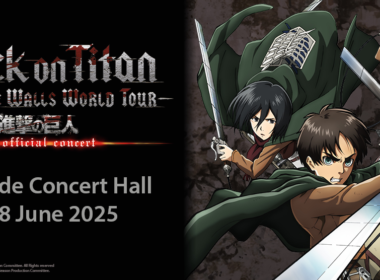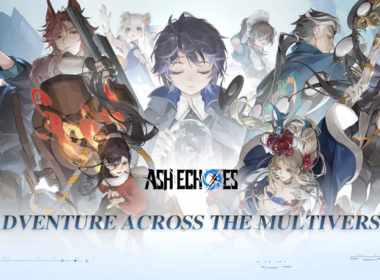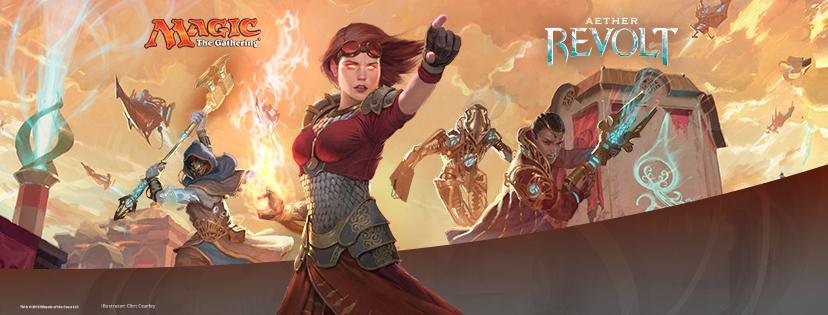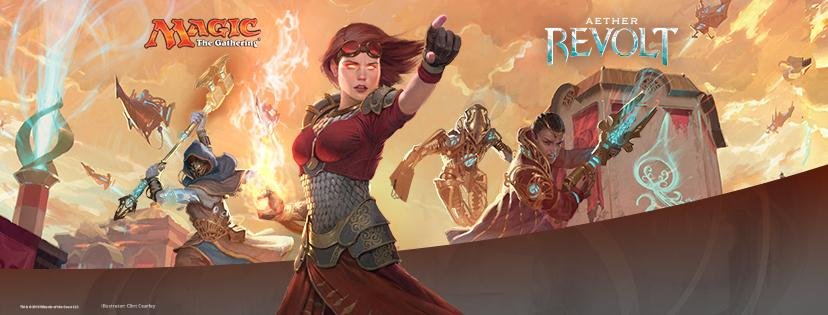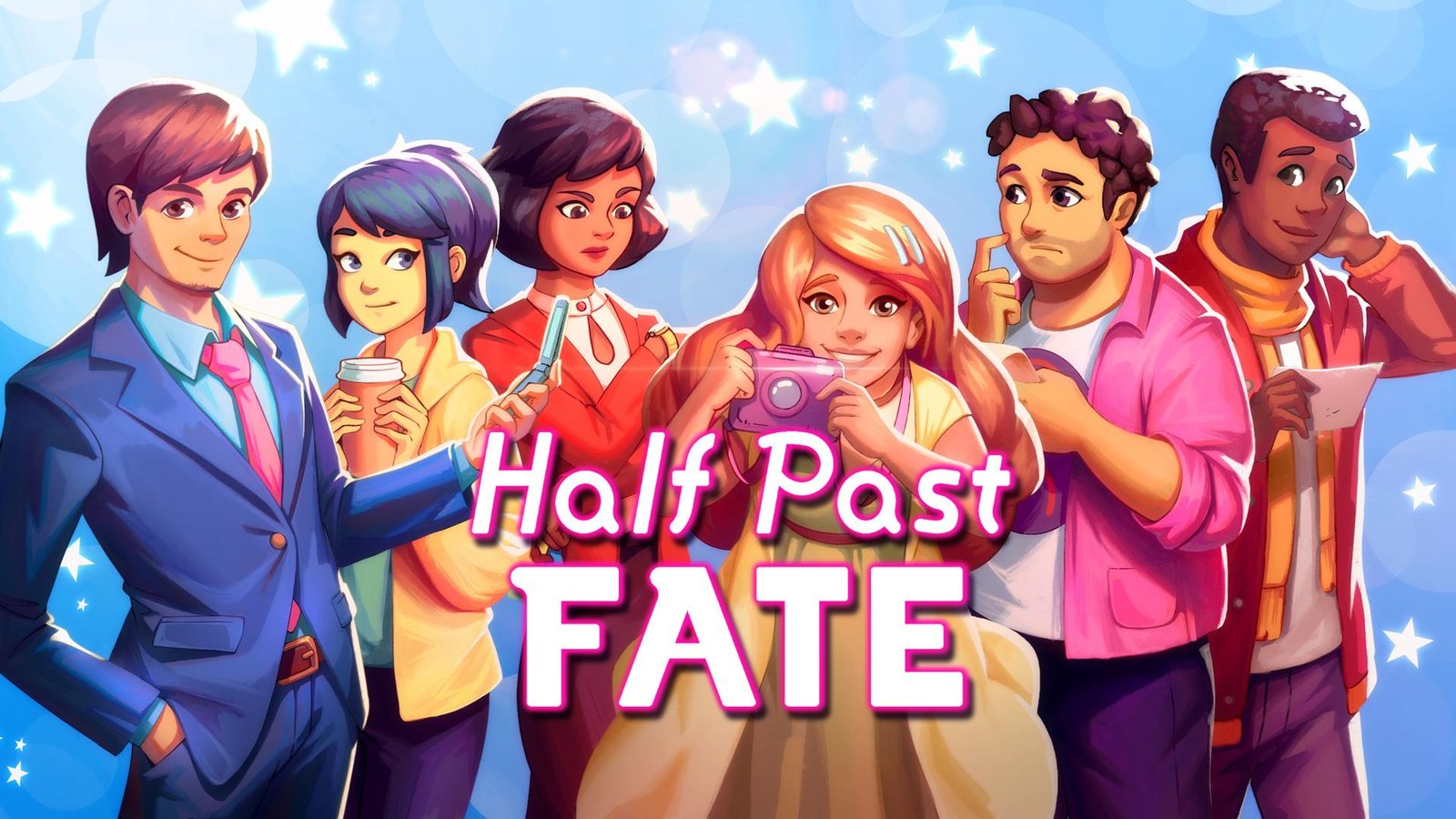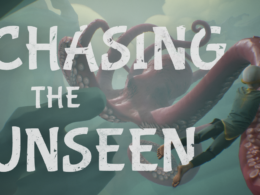Hello initiates of the card game we all love, Magic: The Gathering.
Welcome and be inspired as today, I will be introducing the best way to get into the competitive side of Magic The Gathering (MTG) and also the best method for improving oneself, the drafting format.
What is the drafting format?
Drafting is a limited format that consists of eight players whom take turns selecting cards from booster packs and pass it among themselves. In this case, three sealed booster packs (of 15 cards each) for each player (or a total of 45 cards at the end of the draft).
The players however won’t be just constructing decks out of the three packs they get. Instead, each player will open the first pack and sift through the fifteen cards (including the land) contained within and pick one card. After picking a card out of the pack, the player will then pass the rest of the cards to the next player on the left. The player will then receive a fresh fourteen cards from the player to his right and pass on again to the next player on the left. This will go on until all cards are picked.
The next pack will be opened and the same picking process will repeat itself but this time, the cards will be passed to the next player on the right. Once done, the last pack is opened and the same picking process will repeat itself but the cards are passed back to the player on the left.
Once the picking process is done for all packs, players will have a total of 45 cards, carefully chosen to construct a playable 40 card limited deck. That in essence is the drafting format.
So let us recap the drafting format.
Eight players. Each player gets three sealed booster packs. Players open their first pack. Chooses a card from the initial 15. Passes it to the player on the left. Receives new cards from player on the right. Chooses a card and repeats the process. Second pack is opened and the process repeats itself but the cards are passed to the player on the right instead. The final pack is opened and the process repeats itself but the cards are passed back to the player on the left.
At the end of the drafting session, a player will have 45 cards (with three of them being basic lands) to construct a 40 card deck to play with.
Why is the drafting format the best method for getting into the competitive scene?
The simple answer would be that drafting teaches new players the basics of competitive game play. These include good deck building, mana cost to land ratio, spell to creature ratio and the most important aspect, the evaluation of good and bad cards.
Here are some of the secrets to be a great drafter…
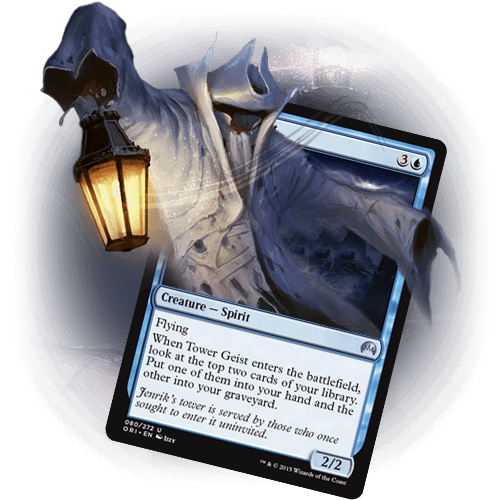
DO NOT BE AFRAID (TO LOSE)
When someone from the local game shop asks you to join their draft because they are short on people, just do it.
Take that first step and don’t be afraid. If you have the money and the time to spare, just join that draft session, even if it is your first time. The best way to learn is to experience it first-hand. It is difficult to go into a draft without knowing what to do. I know this feeling well, as I had the same experience when I drafted for the first time ever and I had no idea of what was going on.
There are few fundamental steps you can incorporate in your first draft. Firstly, take a look at the rare card and discern if it is strong card. A big creature is always strong card. Secondly, look at its color. Draft decks typically has only one or at most two colors. Therefore when picking a card, stick to a color or two. It is better if you stick to the color of your first pick.
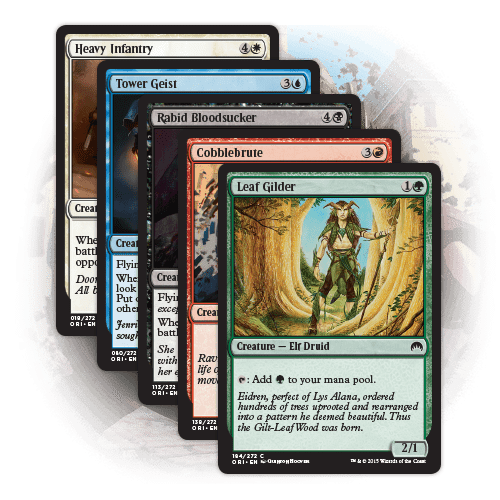
Those two are the basic of the basics, the fundamental of the fundamentals of starting to draft. Now let’s draft a good deck.
While drafting, be mindful of the casting cost of the cards that will be in your deck. The idea is that you want to be able to cast the cards in your hand as you build your land base turn after turn, and you want a good chance of drawing the right spells at the right time. A one casting cost card on turn one, a two casting cost card on turn two and so on. Although this is not the case every time, but it is one of the crucial fundamentals to understand.
Therefore, it is best to draft a majority of low costed cards and only a few high costed cards. This way even when you don’t draw your lands, you will still be able to cast your spells.
Next is the creature, spell and land ratio in a deck. When selecting cards, keep in mind this simple ratio. 17 lands, 6 spells and 17 creatures. Notice that the creature count is high and as a beginner, this is what you will have to pick mostly. This is the usual ratio but it can change as you gain more experience and learn more.
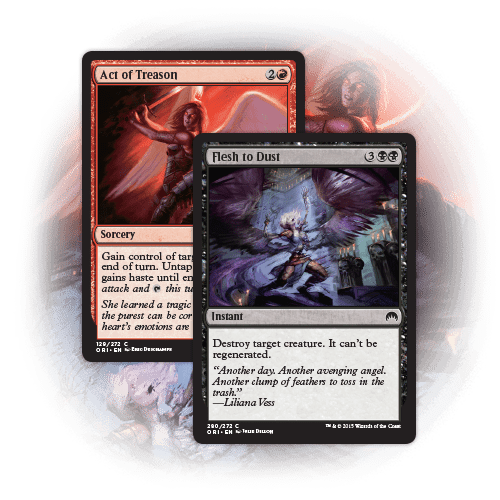
Why? Simply because that is how the game is mostly won, by a large number of quality creatures. Creatures are keystones in limited formats and you would want to consistently draw into it. Strong creatures survive combat and will attack your opponent again and again and again, till they lose.
Now that you have made your picks, it is time to build a deck.
As a beginner, don’t worry much about constructing a deck and have fun with what you have drafted. The easiest way to do this is to first lay out the cards by mana costs. One mana spells in one pile, two mana spells in another pile, and so on. For each pile, separate them to creatures and non-creatures. This is to help you get a better view of the cards you have.
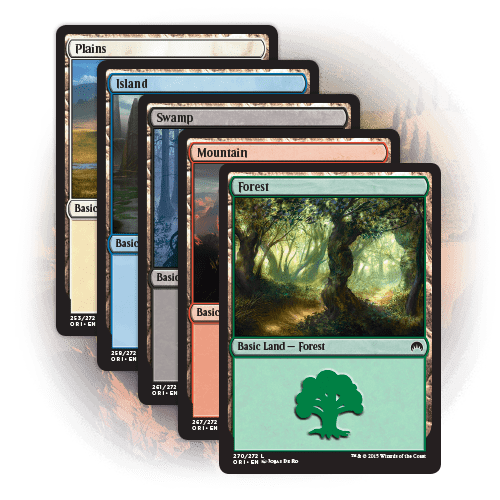
Next, take out the cards you think is bad or unplayable. This is something that is based on your own judgment and you will learn this as you play more. Have at least 23 playable cards and hopefully 17 creatures and 6 other spells, and 17 lands.
Remember when building a draft deck, it is easier to throw away cards that you don’t need. This way it is easier for you to build a deck.
Now that your deck is built, it is time to play. What strategy to employ in your matches? Since it is your first time drafting, my advice would be to just play and have fun. Hopefully someone along the way or your opponents (very rare) will help you out in your game and show you some cool tips and tricks.
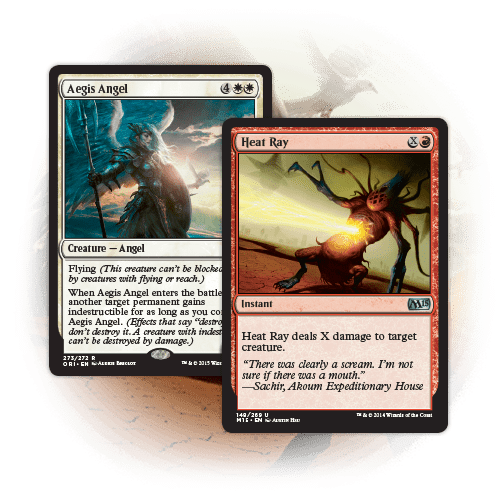
My first time drafting was unexpectedly enjoyable. With this first draft, hopefully you will play more as well as learn more.
For the draft enthusiasts, work on perfecting your draft strategies that will greatly help you in the future. But there is no use reading and watching if you aren’t playing. So go play and get better…hopefully.
Till next time.



